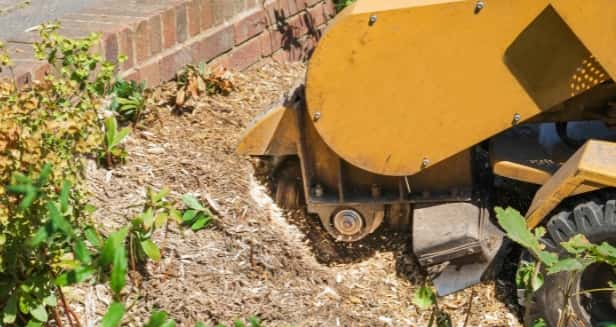Introduction: In the heart of our cities and towns, amidst the hustle and bustle of modern life, stand silent witnesses to the passage of time: historic trees that have borne witness to centuries of human history. These living monuments tell stories of the past and play a vital role in preserving our cultural heritage. However, as guardians of our historical legacy, these trees require careful stewardship to ensure their longevity and continued significance. When performed with sensitivity and expertise, tree trimming becomes crucial in preserving our historic landscapes. This blog post explores the art of trimming trees for historical conservation and the importance of safeguarding these living links to our past.
Retaining Authenticity and Character:
- Historic trees possess a unique character and charm that reflect the spirit of bygone eras. However, they may become overgrown or obscured by dense foliage over time, diminishing their visibility and authenticity. By selectively trimming branches to reveal architectural features or iconic views, arborists help preserve the integrity and character of historical landscapes. This careful pruning maintains the tree’s original form while ensuring it remains a prominent and recognisable feature of its surroundings.
Preventing Structural Damage:
- Ageing trees, especially those with historical significance, are susceptible to structural weaknesses compromising their stability and longevity. Overgrown branches, deadwood, and imbalanced canopies pose risks of breakage or collapse, endangering the tree and nearby structures or pedestrians. Through strategic tree trimming, arborists can identify and address structural issues, reducing the risk of damage and prolonging the tree’s lifespan. This proactive approach to tree care ensures that historical trees stand tall for future generations to admire and appreciate.
Facilitating Interpretation and Education:
- Historic trees serve as invaluable educational resources, offering insights into local history, culture, and ecology. However, dense foliage or overgrowth can obscure important details or impede access for interpretation and study. By carefully trimming trees to enhance visibility and accessibility, arborists facilitate educational opportunities for historians, arborists, and the general public. Whether through guided tours, signage, or digital resources, well-maintained historical trees become living classrooms that inspire curiosity and appreciation for our shared heritage.
Promoting Biodiversity and Habitat Preservation:
- Historic trees provide essential habitat and resources for diverse wildlife, from birds and insects to fungi and microorganisms. However, habitat quality may decline if trees become overgrown or unhealthy. Through targeted tree trimming to promote canopy openness and structural diversity, arborists create habitat niches that support a thriving ecosystem. This promotes biodiversity conservation while preserving the historical integrity of the landscape, ensuring that future generations can enjoy the rich tapestry of life that historical trees sustain.
Strengthening Cultural Identity and Pride:
- Historical trees are more than just botanical specimens; they are symbols of cultural identity and pride that connect communities to their past. By investing in the care and preservation of these living treasures, communities reaffirm their commitment to honouring and celebrating their heritage. Tree trimming becomes a tangible expression of this commitment, ensuring that historical trees continue to inspire awe and reverence for generations to come.
Conclusion: In the mosaic of our cultural landscape, historical trees stand as silent sentinels of the past, bearing witness to the triumphs and tribulations of generations gone by. As custodians of our shared heritage, we are responsible for safeguarding these living monuments for the benefit of present and future generations. Through thoughtful tree-trimming practices that balance preservation with practicality, arborists play a vital role in ensuring historical trees’ continued vitality and significance. Let us cherish and celebrate these living links to our past, honouring their legacy as guardians of our cultural heritage.
Call us on: 01489 359 998
Click here to find out more about LM Tree Surgery Hedge End
Click here to complete our contact form and see how we can help with your tree’s needs.

